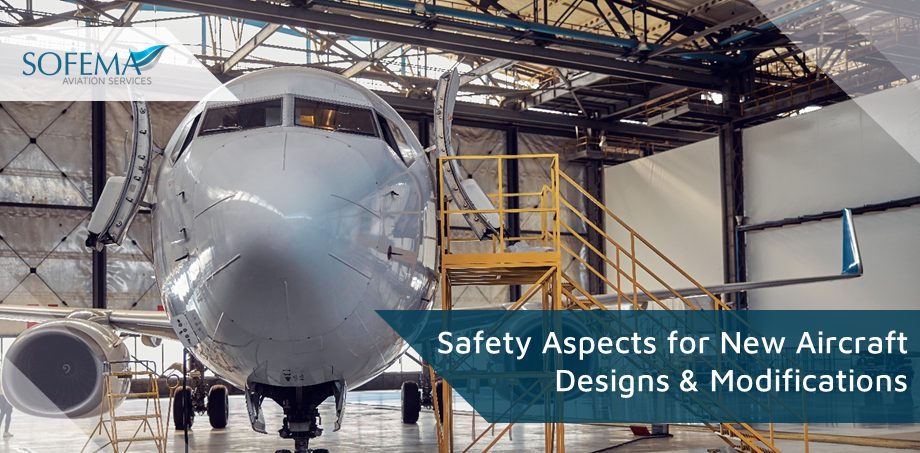Sofema Aviation Services (SAS) www.sassofia.com considers the major aspects of the CS 25 Certification process – System Safety Assessment (SSA)
Introduction
The system safety oversight of compliance for new designs and modifications, is an extensive and complex process.
It necessitates a systematic approach to identify, evaluate, and mitigate potential risks associated with the airworthiness and operational safety of the aircraft.
Performing a comprehensive System Safety Assessment (SSA) involves identifying potential hazards, analyzing associated risks, and determining appropriate mitigations. Techniques such as Functional Hazard Assessment (FHA), Fault Tree Analysis (FTA), and Failure Mode and Effects Analysis (FMEA) can be used during the assessment process.
Due to complex interdependencies having the potential to affect overall system safety there is a need for a systemic and holistic approach to safety analysis and risk assessment.
Based on the outcomes of the System Safety Assessment, we are able to define the safety requirements for the aircraft system or modification.
- These requirements should address the identified hazards and mitigate the associated risks. The safety requirements should be traceable, testable, and verifiable.
The Role of a Safety Management System
Implementing an effective Safety Management System should support the systematic
- Identification
- Assessment
- Mitigation of associated risks associated with the aircraft design or modification.
The SMS should include processes for hazard identification, risk assessment, risk mitigation, and continuous monitoring.
Consider the Primary System Safety Aspects of Compliance for New Designs and Modifications related to EASA Large Aircraft Systems Compliant with CS25
The System Safety Assessment addresses an obligation to ensure we cover all aspects of aircraft design, operation, and maintenance to ensure the safety of the aircraft throughout its operational life.
Consider the following aspects as being an essential part of the process
- The design of all systems and components must meet specific safety standards, as outlined in CS-25. This includes structural strength, systems reliability, failure modes, and fire protection.
- The design must analyze potential failure conditions, including those that may result from a combination of failures, and ensure they will not lead to catastrophic events.
o This process often involves methods like Failure Modes and Effects Analysis (FMEA) and Fault Tree Analysis (FTA).
- The design must demonstrate that the aircraft is safe when considering potential damage and fatigue over the aircraft’s life.
- The aircraft must have adequate protection systems in place to handle potential hazards.
- Emergency systems must be in place and operational, including evacuation equipment and emergency communications.
- All materials and components used in the aircraft must be compliant with safety standards, including durability, fire resistance, and strength.
- Avionics and other software-based systems must meet stringent standards for reliability and failure management.
o Hardware must also be designed to tolerate failures without causing unsafe conditions.
- Human factors engineering must be applied in design and modifications, ensuring that human interaction with the systems is considered, and the risk of human error is minimized.
- All systems and components must work together without posing a risk to the aircraft or its occupants. This includes the integration of new technologies or modifications.
- The design must consider the ease of maintenance and inspection, ensuring that issues can be identified and addressed quickly.
- Communication with EASA should be in accordance with the required level of involvement. This will help to address potential compliance issues proactively, clarify doubts and validate steps taken.
Verification, Validation and Safety Certification Documentation:
Processes are required for the verification and validation of the aircraft system or modification with the defined safety requirements. Documentation should demonstrate how the design or modification complies with the applicable CS25 requirements.
- Necessary documentation will include:
o safety assessment reports,
o compliance demonstration reports,
o test and analysis reports, and
o other relevant documents.
Next Steps
Follow this link to our Library to find & Download related documents for Free.
Sofema Aviation Services offers training to cover CS 25 System Safety Assessments. For additional questions or comments – please email team@sassofia.com




